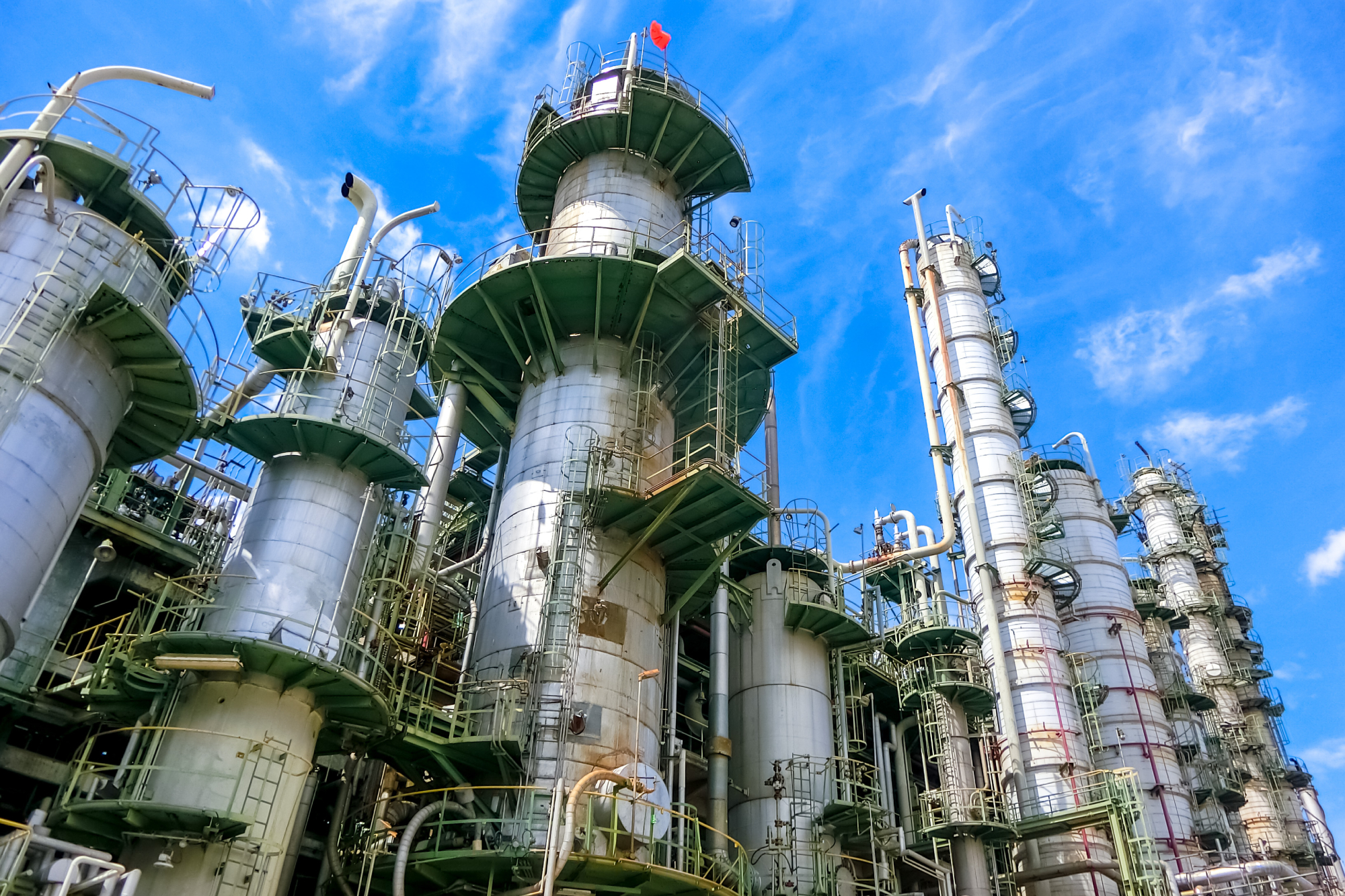Published on 19 February 2025
Upstream Energy Market Update H1 2025
Published on 19 February 2025
Oil prices remained stable in 2024, driving M&A activity and investment shifts. The 2025 upstream insurance market favors buyers, with excess capacity and softening rates. Brokers face a competitive landscape, balancing rate reductions with policy conditions in a dynamic risk environment.
Despite headwinds, 2024 was the most stable year for oil prices in 25 years, fluctuating between USD74 and USD90 per barrel. OPEC+’s control of global supply played a significant role in this stability. This consistency in cash flow led to substantial M&A activity in the US, with notable mergers and acquisitions in the Permian Basin and beyond. Asset consolidation and optimization are expected to continue into 2025, with companies such as Shell and Equinor, for instance, agreeing to a 50-50 joint venture for their British infrastructure and North Sea fields.
Geopolitical tensions and supply chain disruptions present challenges for upstream energy clients. However, steady demand growth, particularly from emerging markets, supports higher prices in the medium term. Advances in technology, such as enhanced oil recovery, are reducing costs and extending the life of oil and gas fields. Companies are balancing their portfolios with investments in cleaner energy technologies, impacted by stricter environmental regulations and carbon emission reduction policies. Environmental, social and governance (ESG) considerations are increasing the pressure on companies to adopt sustainable practices and reduce their carbon footprint. Whilst there remains significant investment in upstream projects, there is also a noticeable shift towards greener energy solutions. The complexity of the market throughout these transitions requires effective risk management strategies, and the London insurance market continues to play a key role.
2025 Outlook: Insurance Market Trends
The upstream insurance market is expected to continue to favor buyers in 2025 as the balance between supply and demand shifts in their direction. Excess capacity and benign loss activity contribute to this trend, with brokers anticipating further market softening and double-digit rate reductions for offshore risks, as well as competitive market conditions.
In 2025, Alesco upstream energy brokers will access over 140 markets, leading to a challenging renewal environment. Brokers must secure competitive terms for clients, balancing rate reductions and policy conditions. Demonstrating the most competitive terms that have been achieved will be paramount, as failing to do so would risk losing business to other brokers and jeopardizing our relationship with clients.
Certain subsectors of the upstream market, such as GOM wind and offshore subsea CAR, will experience slower softening of rates. Risks from regions with strong domestic carrier presence will see more downward rating pressure. Overall, brokers face the challenge of managing too many underwriters chasing the same premium, leading to client savings but a potential strain on relationships across the value chain.

Matt Byatt
Matt began his career at the JLT Group specialising in energy package programmes with a strong emphasis on North American business. After 14 years, Matt moved to Alesco with a significant development role in terms of new business, placing and implementation of complex programmes worldwide. Matt’s extensive international Upstream marketing and placement experience aligns with clients’ needs, and he will work closely with his broking colleagues and our servicing team, including claims when the situation arises.


